Has Cardioid Pattern
HyperX QuadCast
✓
Shure MV7 ✓
HyperX QuadCast uses the cardioid pattern, microphones that use this pattern have a wide on-axis receiving area and max rejection at 180° off-axis. To further explain, this pattern is more directional and sensitive to the front of the microphone in the on-axis position, with a decrease in sensitivity towards the sides and a null point in the rear of the mic.
Both Shure MV7 and HyperX QuadCast utilize the cardioid polar pattern, a 1:1 combination of the Omni & Bidirectional. The combination of the 2 polar patterns creates a heart-like (cardio) pattern when plotted on a 360-degree sphere.
Has Omnidirectional Pattern
HyperX QuadCast
✓
Shure MV7 ✗
The HyperX QuadCast uses the omnidirectional polar pattern, which can receive sound from all sides. Omni microphones have an equal sensitivity to sound coming from all sides. You don't need to position them in any specific direction to capture the source sound
Has Bidirectional Pattern
HyperX QuadCast
✓
Shure MV7 ✗
Also known as a figure-of-eight pattern, HyperX QuadCast uses the bidirectional pattern which is unique in having two angles of maximum sensitivity and two angles of min sensitivity. Just like omni mics, these mics produce a very open and natural sound.
Lowest Frequency
HyperX QuadCast
20Hz
Shure MV7 20Hz
HyperX QuadCast has its lowest frequency at 20Hz, a microphone that can pick a low frequency below 50Hz is best for snares, and toms, or if you're looking for a bass drum microphone.
Shure MV7's lowest frequency is at 20Hz, this means that
both devices have equal low frequency
Highest Frequency
HyperX QuadCast
20,000Hz
Shure MV7 20,000Hz
The HyperX QuadCast's upper limiting frequency is 20,000Hz, which implies that sounds at a frequency above 20,000Hz won't be captured. In a perfect world, a mic's frequency response should be a one-to-one reproduction, in reality, some vibrations are lost during the process and bits of the info never makes it to the output recording.
Shure MV7's highest frequency is at 20,000Hz, this means that
both devices have equal high frequency
Microphone Sensitivity
HyperX QuadCast
15.9mV/Pa
Shure MV7 1.8mV/Pa
HyperX QuadCast's sensitivity is measured at 15.9mV/Pa, this tells you what the electrical output of a microphone will be for a given acoustic input. The higher the number, the more sensitive the microphone is.
The Shure MV7's sensitivity is 1.8mV/Pa, which implies that
HyperX QuadCast got a higher sensitivity meaning it "picks up" quieter sounds than Shure MV7,
microphone sensitivity is a measurement of it's efficiency as a transducer i.e. how well it converts acoustical energy to electrical voltage.
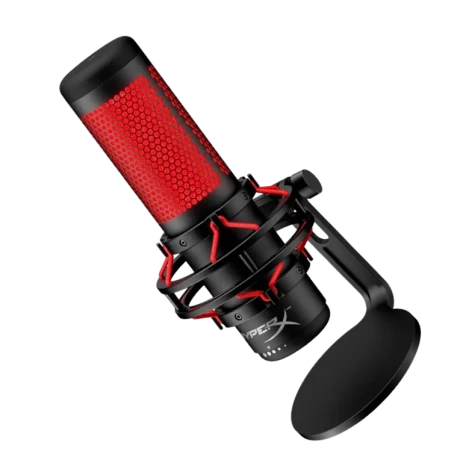
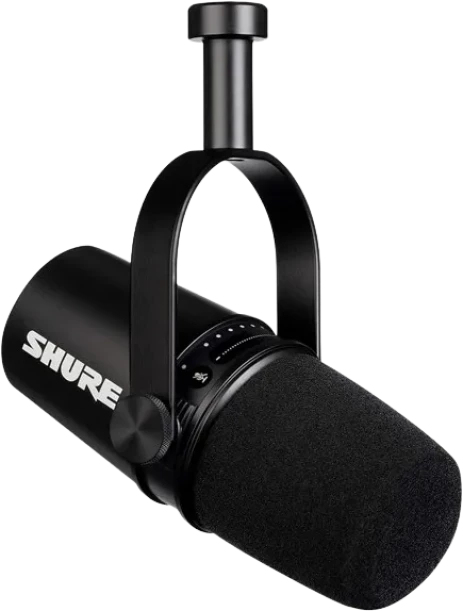
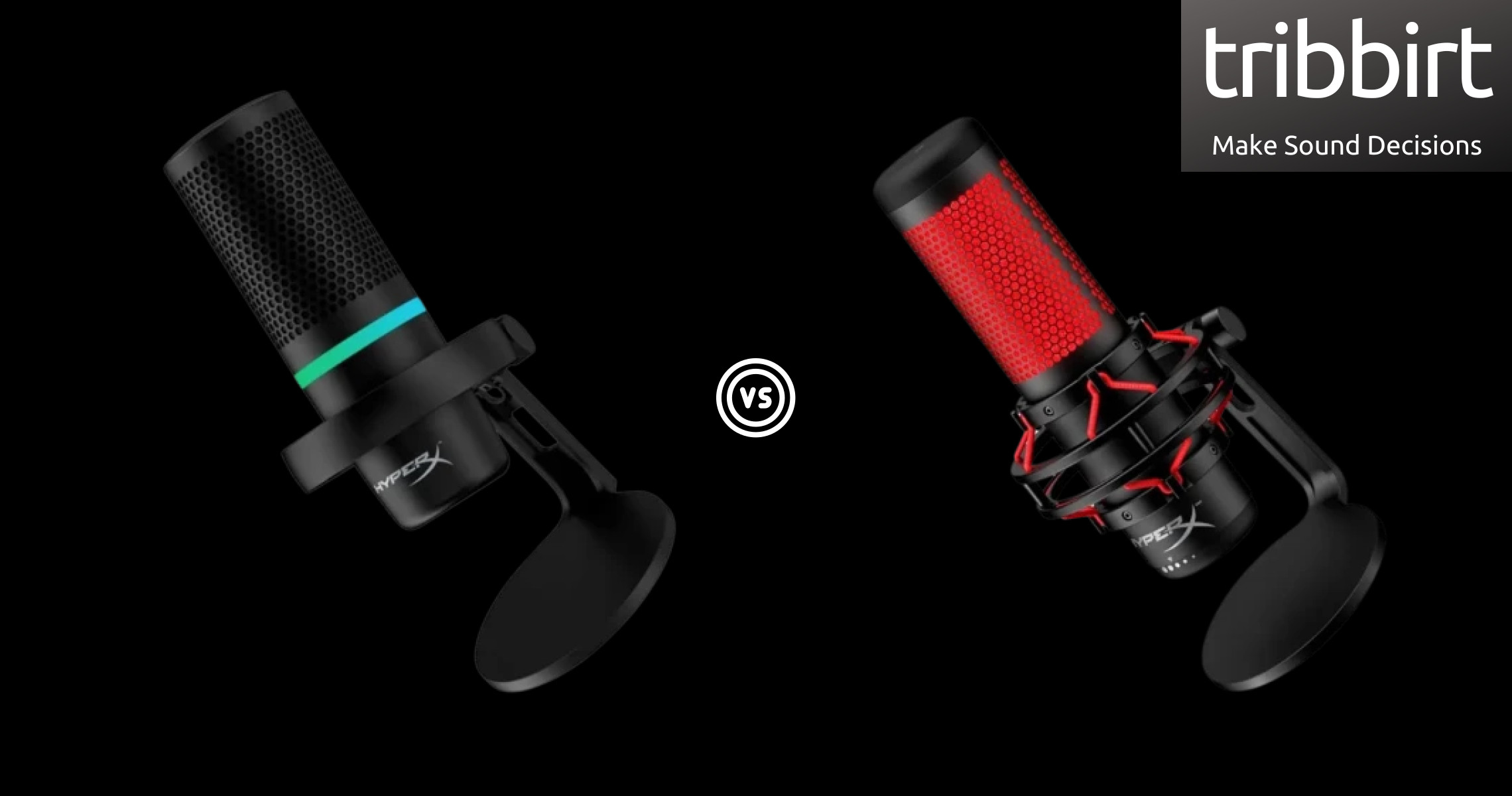
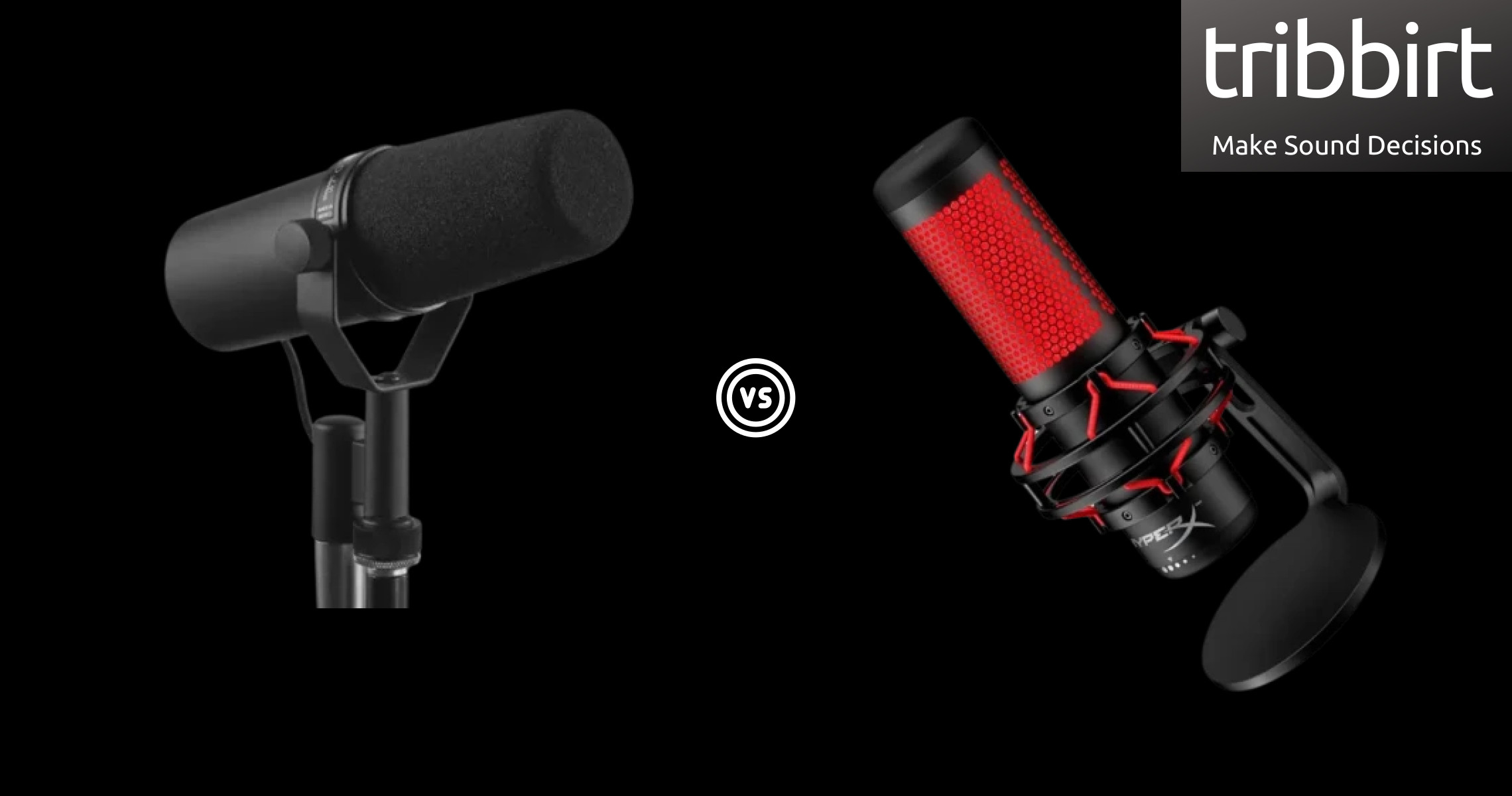
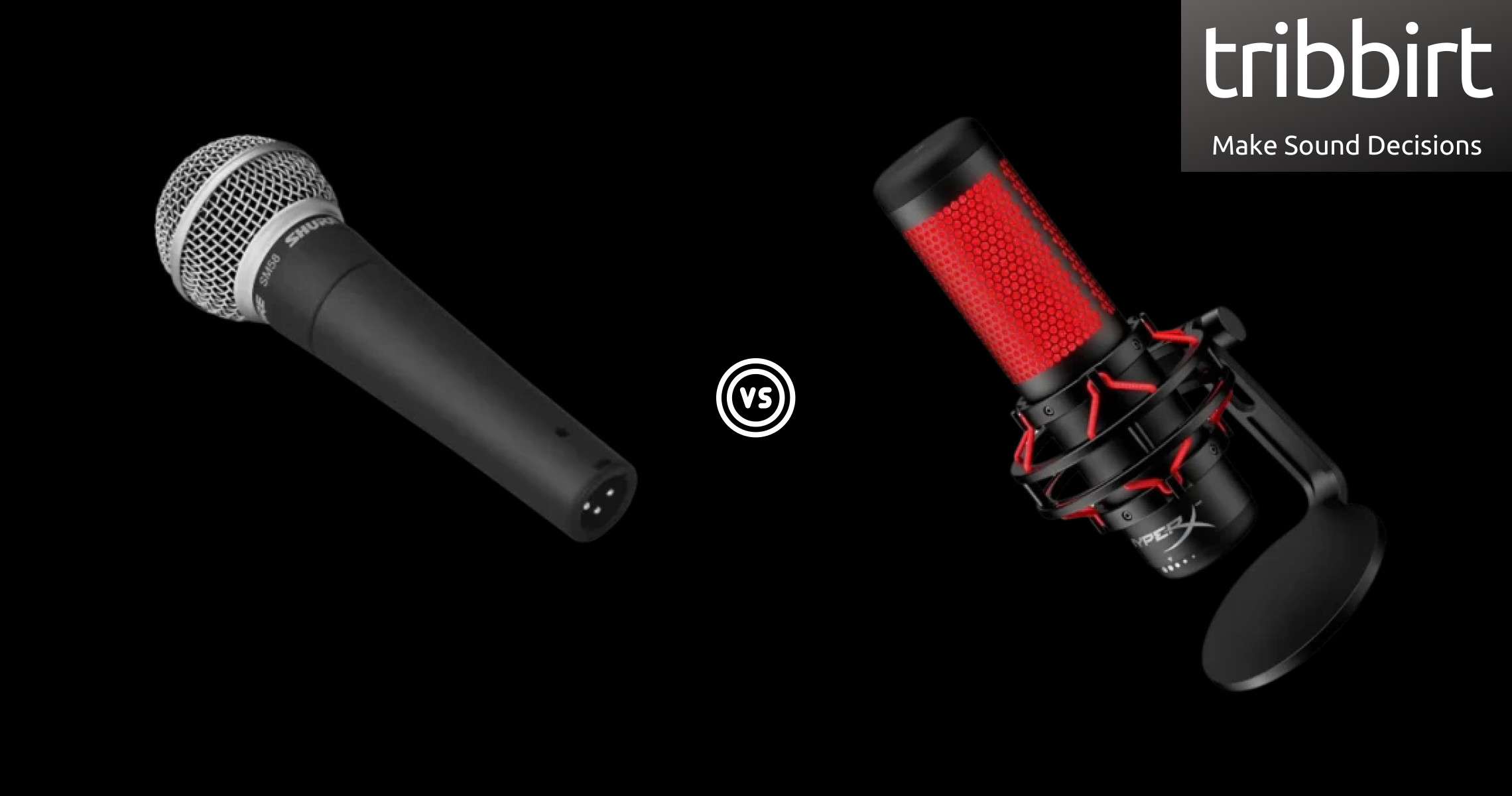


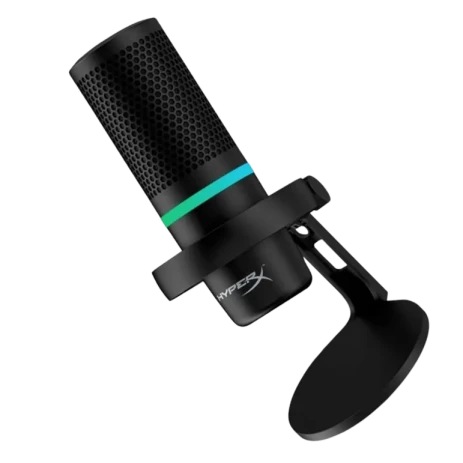 Hyperx Quadcast Vs. Hyperx Duocast Review
Hyperx Quadcast Vs. Hyperx Duocast Review